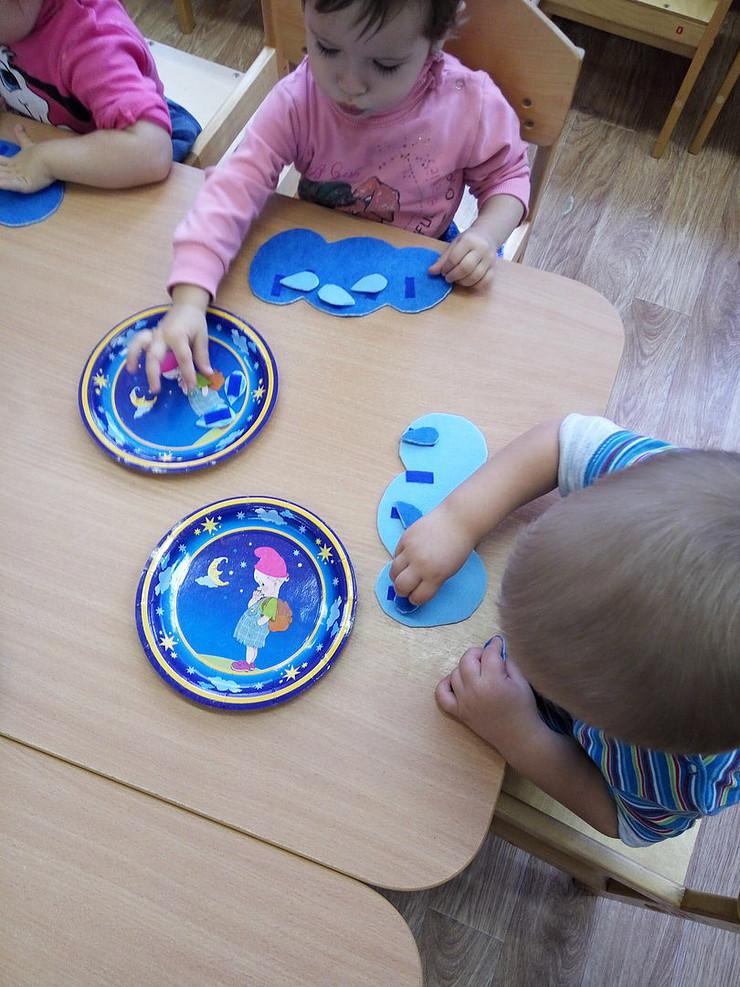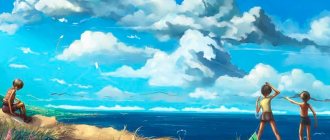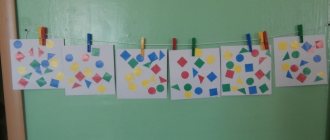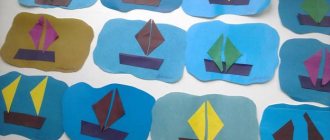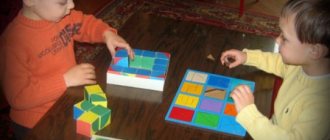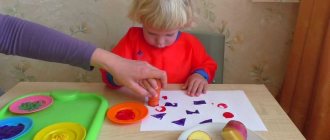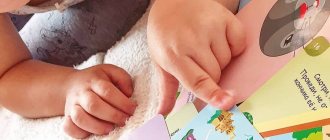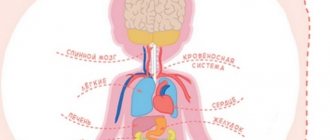Application for artistic and aesthetic development “Raindrops”
Olga Armyaninova
Application for artistic and aesthetic development “Raindrops”
• teaching children how to glue a strip of paper into a droplet ;
• develop the creativity of students;
• expand children’s figurative ideas, develop the ability to create images of the same objects in varied ways;
• continue to develop application ;
• evoke a feeling of joy from the created image;
• develop the ability to apply acquired skills and abilities in various methods of application .
Speech development :
• enrich your vocabulary;
• develop speech motor skills - the motor apparatus;
• develop speech , speech breathing;
• develop memory and attention;
• continue to teach children how to form common sentences.
Cognitive development :
• continue to cultivate a love for flowers, nature, a careful and caring attitude towards them;
• teach children to distinguish and name flowers and grass;
• to form in children the concept that plants cannot exist without water;
• learn to recognize by appearance;
• consolidate the names of natural phenomena;
• clarify and expand knowledge about why water is needed;
• formation of a holistic picture of the world, broadening one’s horizons;
• cultivate aesthetic taste, love and respect for nature.
Social and communicative development :
• develop the ability to determine mood, cultivate empathy, group cohesion;
• learn to manage your activities, organize your work independently, and perform various actions.
Physical development :
• Develop expressiveness of movements (facial expressions, pantomime)
.
Artistic and aesthetic development:
• develop children's creativity and visual abilities;
• strengthen the skills of safe use of glue;
• develop fine motor skills and creativity;
• developing raindrops from paper :
Lesson summary for the second junior group on the application “Life under water”
Irina Dotsenko
Lesson notes in the second junior group on the application “Life under water”
Lesson notes in the second junior group on the application “Life under water”
Lesson topic : Sea inhabitants
Integrated areas: artistic and aesthetic, physical education, mathematics, music, speech development, communication.
Goal: to give an idea of the diversity of the underwater world.
• Arouse interest in the application
• Cultivate aesthetic taste
• Foster kindness and care for the world around us
• Develop mental processes
Equipment: glue, glue brushes, oilcloth, cut out figures of sea creatures, tape recorder, Song about octopuses.
Work progress: Hello guys! Look who came to visit us, this is Cheburashka, he dreams of finding out what is happening underwater in the river , in the sea, who lives there. And you and I will help him, right guys? Please tell Cheburashka about the sea inhabitants. Fish, sharks, dolphins, octopuses, whales. Well done guys, how much you know! We have grass growing on the ground, but what is the name of the grass that grows under water ? Algae , that's right. And now I have prepared a game for you, it’s called “Remove the excess”, I will show you pictures and you tell me what is shown in the picture and say whether it’s a marine inhabitant or not, okay (in the box for the game there are: fish, turtles, sharks, dolphins, algae , shells, cow, dog.) Well done. Attention, now a riddle: One head and many legs, whoever gets into his paws, he doesn’t let anyone go (Octopus)
Listening to the song from the film “Octopussy”
Now I want to invite you to the country of Oceania, brave guys, a lot of interesting things await you and me. (A prepared Whatman paper with an image of the seabed opens in front of the guys) Look carefully and tell me what it is? That’s right, it’s the sea. What do you see on the sand below? That's right, pebbles and algae . What you see above is so beautiful and shiny, it looks like a bush, right? These guys are corals. What are we missing from the picture? Of course, sea inhabitants and now we will revive our country Oceania. Take one picture at a time and attach it to the sheet, see how many inhabitants there are in the sea, there are a lot of them. Tell me what picture it has. Now, take your sea dweller in your right hand, then in your left. Show it to the neighbor on the right and now on the left, did everyone succeed? Well done. Sit down, glue, brushes, and napkins have been prepared for you. Remember that we apply glue to the white side and glue it with the colored side up, press it well and wipe off the excess glue with a napkin. Look at the beauty we have, here we have fish and dolphins and starfish and seahorses and octopuses. We've worked hard and now let's play a little.
Physical education minute, stand in a circle, straighten your arms, fold your palms and repeat with me
Fishes swim in the water
They will shrink, they will unclench,
They will bury themselves in the sand. 2 times
Thank you very much, guys, Cheburashka really enjoyed your visit, he learned a lot from you, but it’s time for him to go home and he wants to say goodbye to you, “Goodbye, guys!”
Conducted by: Dotsenko I. I
Summary of a lesson on application in the second junior group “House for the Frog” Integration of educational areas: “ARTISTIC CREATIVITY” (application) “SOCIALIZATION”, “COMMUNICATION”, “COGNITION” (formation of a holistic.
Lesson using art therapy in junior group 1 “Rain, rain, more fun...”
Lesson using art therapy in junior group 1 “Rain, rain, more fun...”
Children's art therapy is a simple and effective way of psychological assistance based on creativity and play. In other words, this is creativity therapy.
In my work, I use play therapy to a greater extent. In the game, the most important thing is to develop the child’s contact with other children, with new people (in this case, with the teacher). A teacher is a new person in a child’s life. Children must let the teacher into their world, and best of all, this happens through play.
One of the important steps when using games as an art therapy tool is the correct selection of a game that will be focused on the child’s psychological relaxation. Therefore, when approaching the selection of the right game, I pay attention to making games with my own hands for art therapy. After all, by making a game for a child with his own hands, the teacher seems to be immersed in the child’s world, thereby better understanding the inner world and psychological state of the children. One of these games is the game “Tuchka”. This game helps children not only relieve stress, but also develop fine motor skills. I would like to present you with a summary of a lesson in which art therapy is used.
Progress of the lesson:
Guys, look how the sun is playing with rays today (in the group, the teacher attaches the sun to the board).
Children, what kind of sun do we have? Round! Look at the semolina in our plates, let's draw a sun on it.
(Children come to the table and draw a sun on the semolina)
The proposed art therapeutic technique, drawing on semolina, promotes the development of communication skills, creative imagination, spontaneity in expressing emotions and feelings, and the search for one’s own energy resources.
Educator:
Guys, the sun gives us warmth, it warms us with its rays. Warms trees, bushes, birds, animals. It warms all living things on earth. (The teacher runs his finger over the semolina, thereby motivating the children to repeat on it, and reads a poem)
The sun is frolicking merrily near our window
Autumn time is knocking on our doors!
But in autumn the sun is no longer so bright and warm. And more and more often it appears in the sky... What do I have? (the teacher attaches a cloud to the board)
That's right cloud!
Oh, it's raining, guys, let's play with the rain? Prepare your palms: Drip, drip, drip, (Children use their fingers to “drip” first on one palm, then on the other) a cloud has appeared (raise their hands up). Drip, drip, drip (they “drip” with their fingers, first on one palm, then on the other). It rained (raise hands up). Children, hide under an umbrella, it’s raining, we’ll wait out the autumn! (They make an umbrella over their heads from their palms) The rain has stopped.
Educator:
Guys, are you still going to play in the rain? And our little cloud also wants to play with you and called her friends. Look how many clouds I have! What are they missing? That's right, drops.
Here's a cloud and some droplets for you. You need to attach the droplets to the cloud (Children play a didactic game).
By watching children play Clouds, you can determine what mood the child is in and how it changes during the game.
So, as already noted, play is a special type of child activity that allows him, in a safe situation, to accumulate his emotional and social experience, gain knowledge and improve existing skills. Play is a way for children to learn something that no one can teach them. This is a way of exploration and orientation in the real world, space and time, things, animals, structures, people. By engaging in the process of play, children learn to live in our symbolic world - the world of meanings and values, while at the same time exploring, experimenting, and learning. It is known that children are often unable to recognize and talk about their problems, and in play with a safe adult they get the opportunity to express, overcome and resolve their problems, traumas, accumulated emotional experiences and difficulties.
